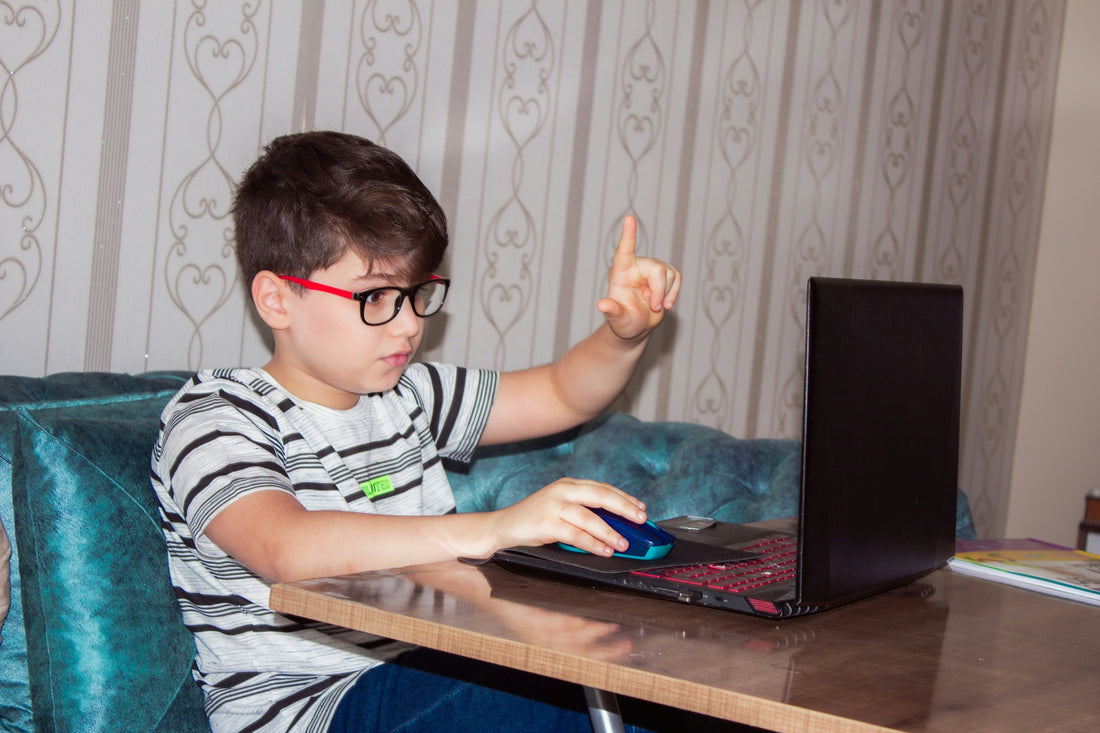
Why are kids tapping or watching circuits instead of building them?
Share
If you walk into a UK primary school today and hear the words “we’re learning about electricity and circuits”, there’s a concerning chance nowadays that no one will actually be touching a wire.
Instead, children are often tapping components into place on a tablet, watching a simulated bulb light up, or even just watching a YouTube video of someone else doing it. No batteries, no switches and no real hands-on learning - just screens.

Image: Stacked iPad's on a classroom desk.
It raises a simple but important question: why are children tapping or watching circuits instead of building them?
In schools across the UK, particularly at primary level, children’s first experience with electricity is becoming increasingly digital. It’s a convenient solution that fits into a busy timetable. It’s tidy, safe and easy to manage - even if it comes at the cost of real, hands-on skills.
But, watching electricity is not the same as understanding it.
When a child physically builds a working circuit - when they hear the buzzer, see the bulb light up or troubleshoot a loose connection - they’re not just following instructions. They’re building confidence, creativity and curiosity. These are the moments that science, and STEM more broadly, are supposed to deliver. Physical effort followed by visible reward is one of the most effective forms of learning we have, and yet it’s being replaced.

Image: Working light circuit developed on a prototyping board.
And yet, we’re seeing a shift away from that in classrooms.
The shift away from hands-on learning isn’t simply a pedagogical decision. In many cases, it’s driven by outdated resources and systemic limitations. The tools schools rely on to teach electricity are often decades old. They’re clunky, unreliable, and frustrating to use - especially for younger learners. Despite this, they still appear across school supplier websites with inflated price tags that schools (and even teachers) are expected to stretch already tight budgets to cover.
Layer on limited teacher training in practical science, a crowded curriculum, and electricity topics that haven't been meaningfully updated in years, and it’s no surprise that more and more schools are opting for simulations and videos as a substitute.
But in a world increasingly powered by technology, electrical literacy matters more than ever. From sustainable energy systems to artificial intelligence and smart devices, we need a generation of problem-solvers who are not just watching innovation - but building it.
At HYEN, we’ve seen firsthand what happens when you give learners the chance to explore electricity physically. Through our workshops and kits, we’ve worked with over 300 children across the UK, many of whom arrived unsure or disconnected from science. For them, watching someone else build a circuit made it feel like something only “professionals” do - something out of reach.
But after just one hour of hands-on work, everything changed.
Image: Feedback taken from HYEN’s Electronic Workshops
Children who were quiet or hesitant at the start began to light up - sometimes literally - as they built working circuits, made mistakes, fixed them, and started to explore independently.

Image: Young learners smiling during the HYEN workshop after their electronic circuits work!
These young people didn’t just complete a task - they started asking their own questions: what if I connect this differently? What if I swap the battery terminals? What happens if I move this wire here?
This is the mindset of an engineer, a scientist, a creator, and where real learning begins - not with memorising terms or watching demonstrations, but through discovery and experimentation.
In our learner survey, 96% said they would love to experiment with electronics again, and 98% said they really enjoyed using our kits, highlighting their simplicity and design as key factors.
We’re not against technology. Digital tools and simulations can be incredibly useful for reinforcing concepts and exploring what’s difficult to demonstrate physically. But they should come after, or alongside, real-world experience - not instead of it.
Tapping on a screen might show you what electricity could do. Building a circuit shows you what you can do.
To follow the work we’re doing to bring hands-on science back into the classroom - and to be the first to hear about upcoming product launches - join the HYEN Club. It’s free, and it’s the best way to stay connected to our mission to spark real curiosity and capability in the next generation.
Link here: HYEN Club
We're also actively seeking mission-aligned investors to help us scale our impact and bring our innovative learning tools to more schools across the UK and beyond. If you're interested in supporting the future of STEM tools, we’d love to hear from you - hello@hyen.co.uk.
